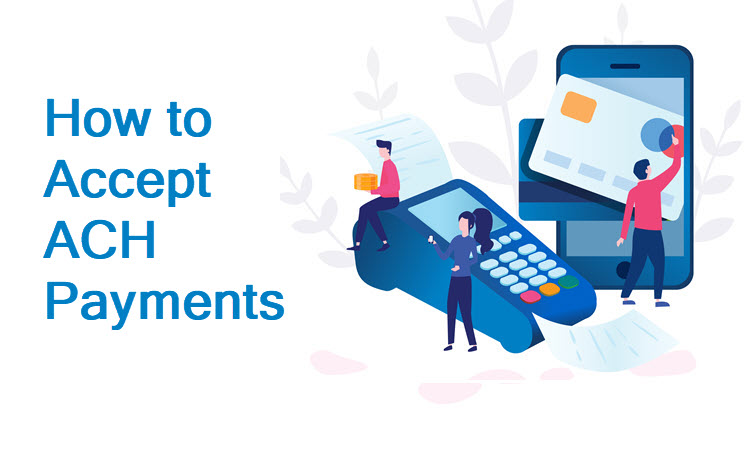In the U.S., ACH payments are a cheap and effective way of transferring money between bank accounts. ACH payments are carried out electronically via the Automated Clearing House (ACH) – an independently run network that enables funds transfer.
ACH transactions are more convenient, less expensive, and faster than most other types of money transfers which is why they are widely popular. Nacha, the body that supervises the ACH network, reports that in Q1 2022 it processed 7.3 billion payments.
Take a look at ACH network volume and value statistics.
Merchants benefit from the ACH’s low processing fees and popularity among customers. Continue reading to learn how to accept ACH payments online.
What Is an ACH Payment?
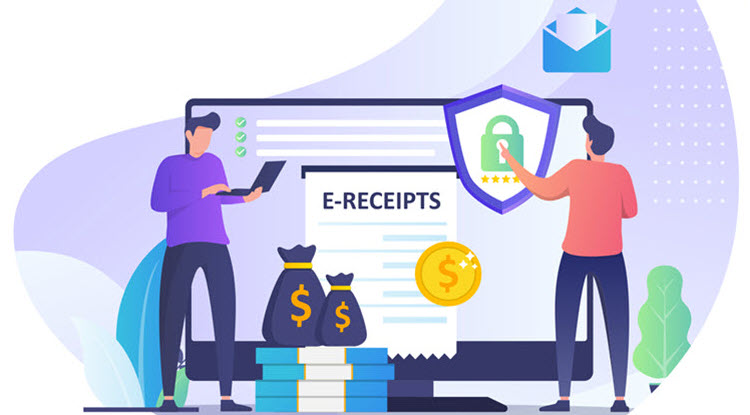
An ACH payment is an electronic financial transaction from one bank account to another, supervised and carried out in the Automated Clearing House network. With an ACH payment, the payer transfers funds directly from their account to the payee’s bank account.
ACH payments are frequently used for recurring payments (utility bills, mortgages, subscriptions, etc.). They are a good solution for both individuals and businesses because they are cheaper to process than credit card payments or wire transfers.
ACH transfers are monitored and facilitated by the National Automated Clearing House Association (Nacha) and are geographically limited to the U.S.
The SEPA payment integration initiative is the European equivalent of ACH payments.. If you do business in the European Economic Area, familiarize yourself with this system by reading our articles What are SEPA Payments and ACH vs. SEPA: A Detailed Comparison.
How Does ACH Payment Work?
Two entities take part in an ACH payment:
- The Originator. Originating Depository Financial Institution (ODFI).
- The Receiver. Receiving Depository Financial Institution (RDFI).
To make an ACH payment, the originator’s bank starts the transfer procedure by sending a request to the ACH network. Once the ACH approves the transaction, the funds are transferred from the originator’s bank account to the receiving account.
There are two main types of ACH transfers:
-
ACH Direct Payments. Payments made by businesses or individuals to other businesses or individuals. They include rent payments, utility bills, mortgages, subscriptions, sending money to family, etc.
- ACH Direct Deposits. Transfers made by businesses or institutions to an individual’s account commonly include workers’ salaries and reimbursements, tax refunds, government benefits, etc.
Banks batch ACH payments and process them several times a day. Every bank has different cut-off times, so requests received after this time are processed the next working day.
For an in-depth look at how ACH payment processing works, refer to our article ACH Payment Processing: Features, Comparisons, Costs.
Occasionally, the network returns ACH payments. ACH returns occur if the originator lacks the funds to complete the transfer, some information is missing, the transfer is not authorized, and other reasons. All ACH returns come with a special code that identifies the reason for the declined transaction.
What Are the Advantages of ACH Payment?
Compared to payment cards, paper checks, and wire transfers, ACH payments offer significant advantages to business and their customers.
Here are the most important ACH benefits to consider:
- Low cost. The cost of accepting ACH payments varies depending on several factors, but they cost less than accepting credit/debit cards and paper checks. Typically, banks do not charge non-business customers anything for ACH payments.
- High speed. Although there are faster ways to send money (e.g., real-time payments), ACH payments are still faster than other methods. They are electronic payments so they take less time to process than paper checks, which sometimes go through the post.
- Superior accuracy. The likelihood of human error because of incorrect information is lower than in the case of paper checks because the system is fully automated.
- Advanced security. ACH payments are more secure than card payments or wire transfers because the money is transferred directly between accounts. The process is supervised by clearinghouses that enforce strict regulations, and all information is encrypted. Unlike paper checks, ACH payments cannot be tampered with, decreasing the likelihood of fraud or error.
- Ease-of-use. Using paper checks involves trips to the bank or post office, carrying a checkbook around, and manually filling out information. ACH transfers are electronic payments and involve less time-consuming activities.
- Optimized for recurring payments. The low fees of ACH transfers mean that subscription-based businesses save on transaction processing fees. On the other hand, customers do not have think much about paying their monthly bills but can rely on ACH to automatically debit their accounts.
- Loved by customers. The convenience of using ACH transfers is why customers are using this payment method. Merchants recognize that giving their customers as many payment options as possible improves their bottom line.
- Suitable for high-value transactions. B2B payments can reach considerable sums. In March 2022, Nacha increased the limit for same-day transfers to $1 million.
- Strict chargeback rules. Customers have only 90 days to dispute an ACH transfer and request a chargeback (120 days is the limit for card payments). Additionally, there are only three reasons an ACH chargeback can be requested:
- Payment not authorized.
- Payment processed earlier than authorized.
- Transaction amount different than authorized.
How to Accept ACH Payment?
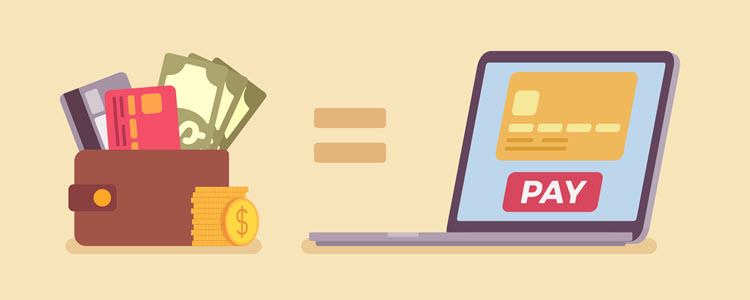
To start accepting ACH payments online, merchants need to take several steps.
1. Partner with a Reliable ACH Payment Processor
The following financial institutions help businesses handle ACH payments:
- Dedicated ACH payment processors.
- Providers of accounting solutions.
- Credit card processors.
- Payment gateway companies providing payment processing services.
Some financial companies process ACH payments directly, while others cooperate with ACH payment processors. If you are already working with a payment services provider, inquire about adding ACH payments as a payment method. You might have to undergo a underwriting procedure to obtain an ACH processing account.
Choosing a good payment processor is vital. Read our detailed overview of the most important factors in the article How to Choose a Payment Processor.
2. Open a Merchant Account
When you select a suitable payment processor for your ACH online payments, you need to open a merchant account.
Businesses can open merchant accounts at acquiring banks, but the process is lengthy and requires an upfront investment. Alternatively, you can open a merchant or sub-merchant account with your payment processor.
To open a (sub)merchant account, your payment processor will ask you to provide the following information:
- Your Employer Identification Number (EIN).
- The processing volume you expect.
- The exact number of years you’ve been an active business organization.
Payment processors usually take a few days to several weeks to approve a merchant account and complete merchant onboarding.
3. Define Payment Details
To initiate an ACH payment, provide the following details about the client:
- Bank account number and routing number.
- Date and amount of the ACH transfer.
- Whether it’s a one-time transfer or a recurring payment.
4. Acquire ACH Authorization
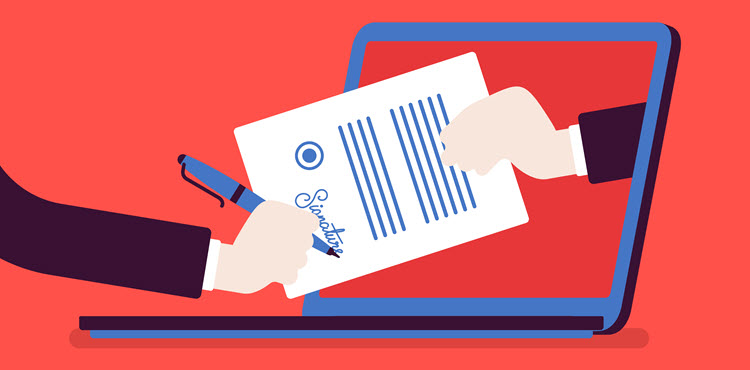
The customer needs to authorize the ACH transaction. Otherwise, you’ll receive an ACH return, which postpones the money transfer for a certain period.
Obtain the client’s authorization in one of the two following ways:
- The client can sign either a contract or an order form on concluding ACH payments.
- They can fill out and submit an online payment form. By submitting the form, customers accept the terms and agreements.
5. Submit the ACH Form to the Payment Processor
When the merchant has all payment details and the client’s authorization, they can submit an online ACH form via a payment processing tool to initiate an ACH transaction.
What Time Does ACH Payments Processing Take?
Processing ACH payments typically takes several days. As per Nacha, the ACH network settles debits the next day, while credits go through in 1-2 business days. The receiving bank also takes time to process the transfer, so merchants can expect to see the funds on their account after an average of 3 to 5 days.
Note: Banks batch ACH requests and send them off a few times a day, some only once. If a bank receives a request after its cut-off times, it will only process the transfer the next workday.
In 2017 Nacha enabled same-day ACH transfers. These transfers were at first only allowed for lower sums, but in March 2022 Nacha raised the upper limits per transfer to $1 million. Same-day payments, however, come at a higher cost for the payer than regular ACH payments.
Read our article ACH Payment Processing Time: How Long Does It Take? for a detailed rundown on ACH processing times.
How Much Does It Cost to Accept ACH Payments?
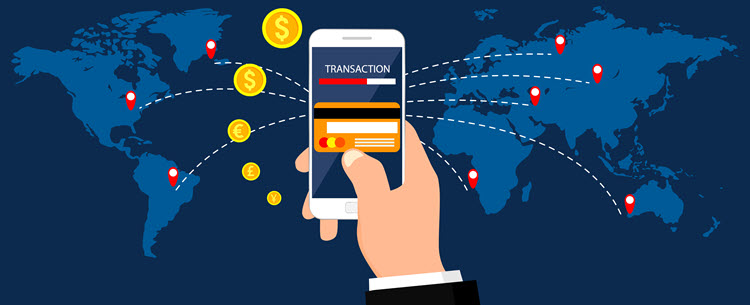
Processing ACH payments is more affordable than accepting credit card payments or wire transfers because they only pass through one system, the Nacha network.
Usually, merchants pay for ACH processing based on a flat rate which can range from $0.25 to $1.50. Alternatively, some processors charge a percentage rate of about 0.5% to 1.5% per transaction. High-risk merchants can expect higher fees due to higher chargeback rates.
Do All Banks Accept ACH Payments?
All banks operating in the U.S. are eligible for sending and receiving ACH transfers. If you want to make ACH available to your customers, inquire with your payment processor about the steps you need to take to start receiving ACH payments from your customers.
Note: If you are unsure whether you should go with wire transfers or ACH payments, read our comparison article ACH vs. Wire Transfer.
Conclusion
ACH payments are electronic money transfers developed and governed by the National Automated Clearing House Association. They are cost-effective and convenient for both organizations and individuals.
Anyone starting a subscription-based businesses can benefit from providing this payment option to their customers. The collection of recurring payments is streamlined while payment processing fees remain low, improving earnings and stimulating growth.
